What is Marginalia?
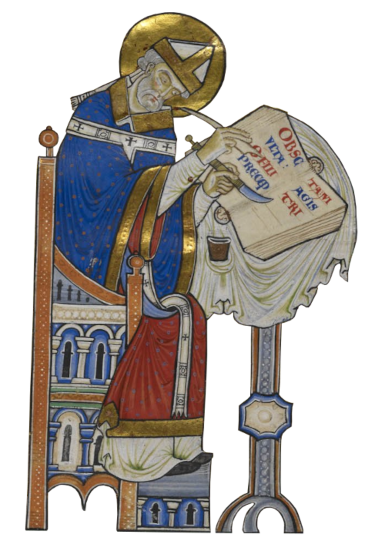
We offer a variety of products adorned with medieval marginalia.
But what is marginalia?
In the time before the printing press, books were copied by hand. During this process, the scribes often decorated the pages they were copying. These decorations on the borders of the pages are called marginalia.
While marginalia sometimes depict serious motifs of faith or everyday life, more often they are whimsical and absurd. Whether these scenes were meant to provide entertainment or had symbolic meaning is often unclear.
There are several recurring themes among the marginalia.
They are summarized here.
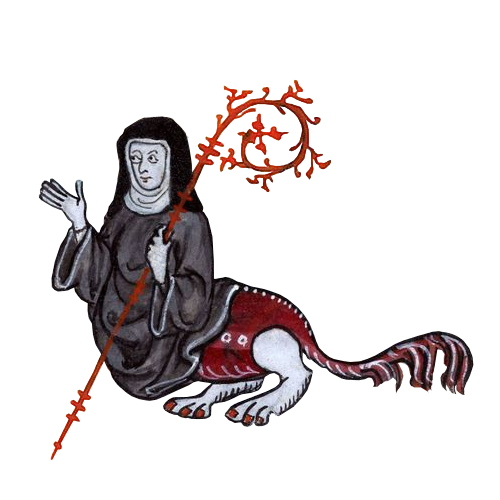
People with Animal Legs
These strange hybrids often depict clergymen and nuns. Most likely, they were intended as satire. In the Middle Ages, human-animal hybrids, like the centaur, the satyr, or the mermaid, were often seen as lustful creatures. These animal-legged monks and nuns were perhaps meant to criticize those who broke their oaths of celibacy.
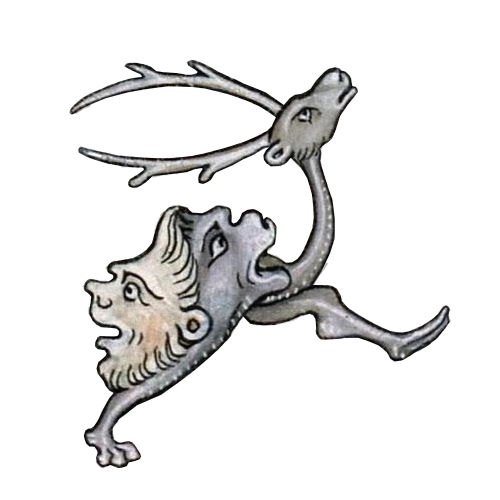
Hybrid Monster
Amongst the marginalia can be found a multitude of strange monsters in all shapes and forms. These creatures reflect the medieval fascination with the monstrous and the exotic, influenced by bestiaries and travel literature of the time.
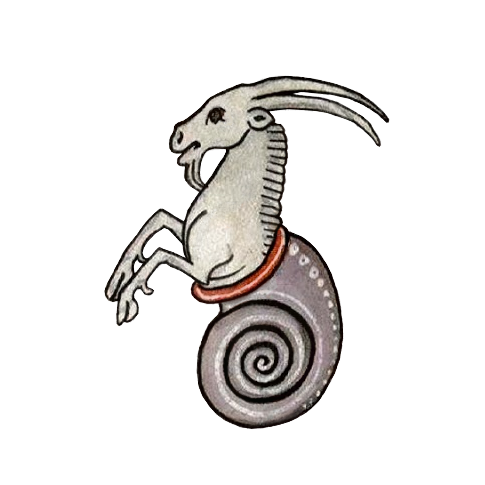
Snail Creatures
The margins of medieval manuscripts are littered with a head-scratching amount of snails. While it can't be said with certainty what they signify, they are often depicted fighting knights. Theories trying to explain these snails range from interpreting them as symbols of cowardice or death to representations of common people.
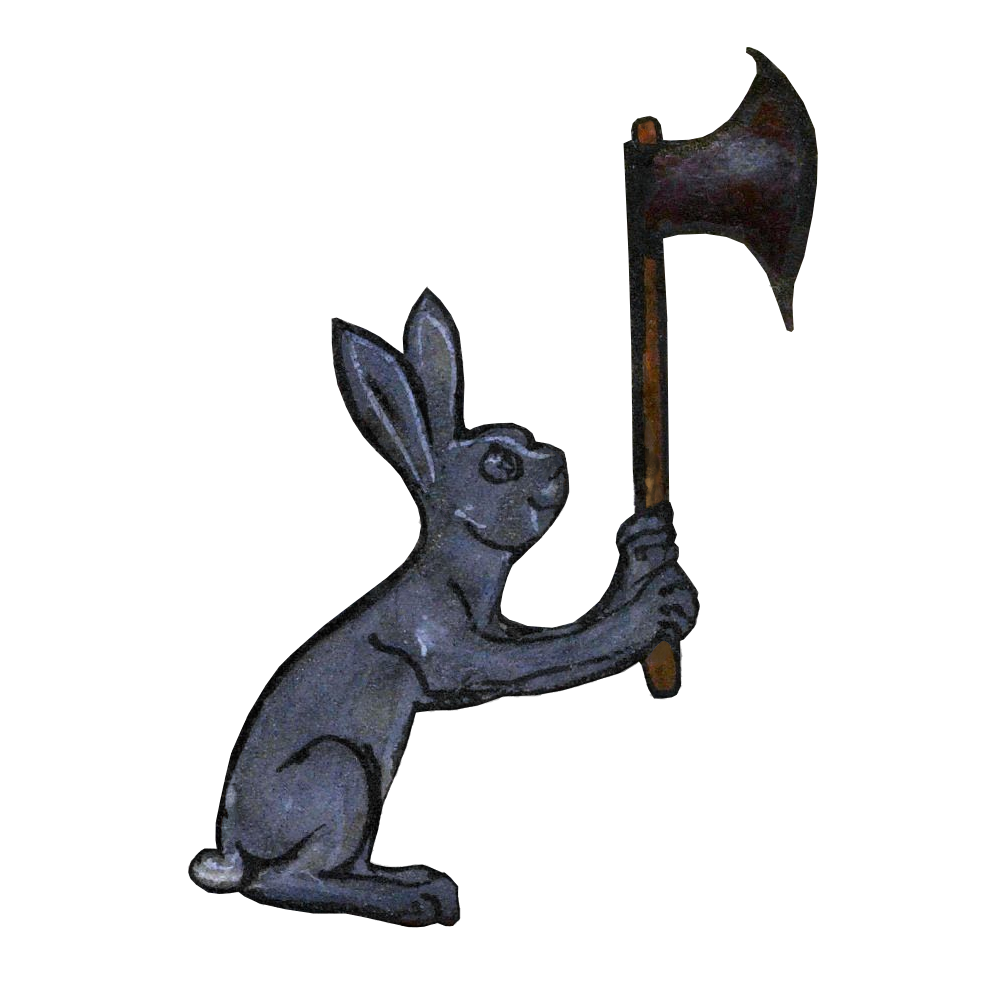
Animals Imitating Humans
Marginalia often depicts animals mimicking human behavior. Curiously, it is most often bunnies. These depictions often seem to be satirical. But sometimes, they appear to have a deeper symbolic meaning.